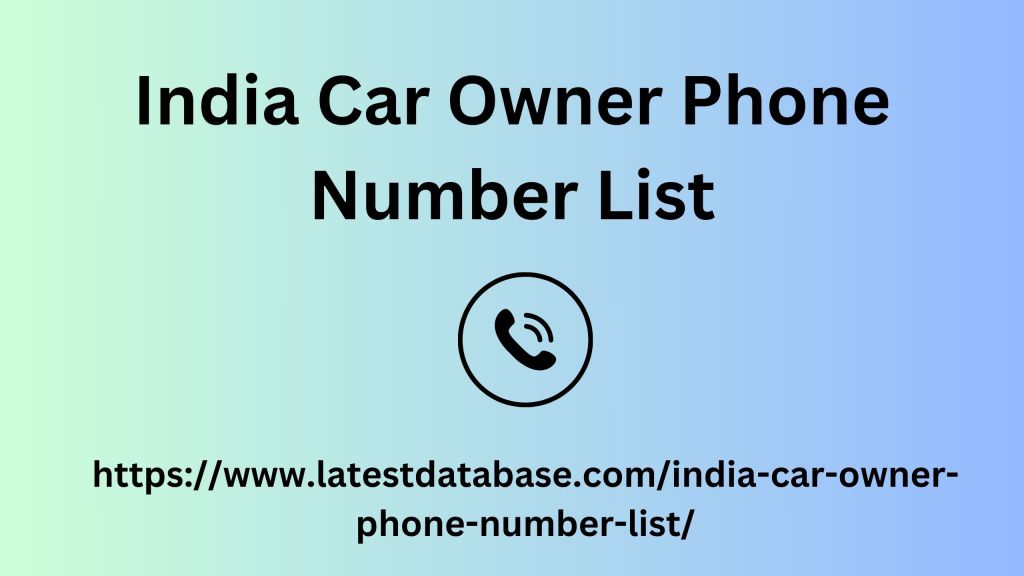|
|
本帖最後由 mebrokenheard11 於 13:50 編輯
In addition, mobile users are usually more in a hurry than desktop users: Mobile screens are much smaller : reading through a peephole increases cognitive load and makes it about twice as hard to understand text on a mobile device as on a desktop. Short-term memory is weak , so the more users have to remember after it scrolls off the screen the worse they'll do. Mobile users are even more rushed than desktop users because of the mobile setting. It is therefore essential to shorten the content of mobile pages to the bare minimum. Information overload has a greater impact on mobile devices (e.g. through lower conversions) than on large screens.
Bad for Business: Long loading times If your site takes what feels like an eternity India Car Owner Phone Number List to load, you'll be rid of mobile users in no time. To be more precise: After three seconds, a large proportion of users drop off, and every additional second leads to further drops until your conversion rate is completely destroyed. To prevent high bounce rates, you should test the loading time of your mobile website and optimize it if necessary. The best way to do this is to use Google PageSpeed Insights . Here you will be shown possible problems that affect the loading time of your page.

Snail crawls on a road Your mobile site is as slow as a snail? Then get to the bottom of the causes. A typical cause of long loading times is the file size of images, JavaScript, CSS files and HTML code. In addition, each individual file to be loaded generates its own server query. It is better, for example, to only load images or videos when the user actually requests them - for example when they reach the relevant part of the page while scrolling. 4. “Not available”: Content is not available Flash Player, Java and some other formats are not supported on mobile devices. The result: The user receives the message that the video is not available on mobile. you should integrate videos and animated content with standard HTML tags.
|
|